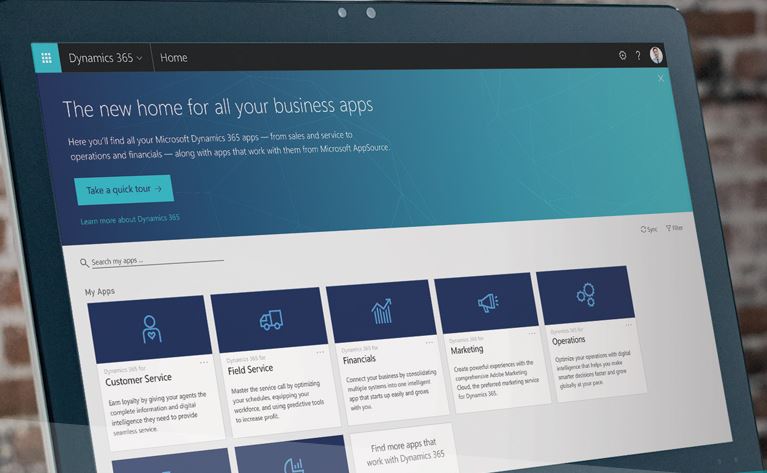Microsoft is developing its own human capital management apps

When Microsoft announced it was buying LinkedIn last June, many wondered if and when Microsoft might develop its own human capital management (HCM) apps.

HCM is related to, but not synonymous with, human resource management systems. HCM is more about professional growth of employees, not just the day-to-day kinds of HRM (human resource management) functions usually handled by HRM systems.
The Operations module in Dynamics 365 currently includes some HR functionality carried over from Microsoft's Dynamics AX ERP. But it seems Microsoft has plans to go beyond this and build HCM specific apps, based on a January 5 job posting for a software engineer from the company's career site.
From that posting:
"Dynamics 365 is all about reinventing business processes (https://www.linkedin.com/pulse/reinventing-business-processes-satya-nadella). We are delivering purpose built SaaS apps to quickly disrupt and transform business applications. Our specific team charter is to create the next generation of Talent Engagement applications which help businesses to manage their most important asset - People. We are building apps to address the whole gamut of needs from hire to retire. We are looking for talented web & full stack developers to realize our vision. Our apps provide a rich experience for tightly focused scenarios across the web and mobile."
Microsoft officials have not said that the company plans to build its own HCM apps. But CEO Satya Nadella did say last June that he considered HCM software "a very exciting opportunity for us," as noted by my ZDNet colleague Larry Dignan.
LinkedIn CEO Jeff Weiner said at the time the acquisition was announced that expanding beyond LinkedIn's recruiting, learning, and development focus to including hiring, managing, motivating, and leading employees -- also known as human capital management -- was "a massive business opportunity and an entirely new one for Microsoft."
Microsoft officials did not mention plans for developing new HCM software as one of its immediate priorities following the official approval and closing of Microsoft's acquisition of LinkedIn late last year. A Microsoft spokesperson also told me yesterday that the company declined to comment on when or if Microsoft would be building and launching HCM software of its own.
The spokesperson pointed me to the Dynamics 365 roadmap page, which mentions a number of HCM projects currently in development. But these projects, which include new employee and manager self-service capabilities, additional field support, and new templates for HR processes, sound to me more like extensions of the kinds of HR capabilities already in Dynamics 365 Operations rather than brand new apps.
It's not clear how many apps Microsoft is planning when its officials talk about addressing "the whole gamut of needs from hire to retire" or when these apps may debut.
"I would fully expect that Microsoft will develop next generation talent management systems that could leverage LinkedIn. It would make tremendous sense for them to do it, and do it fast," said Joshua Greenbaum, principal with Enterprise Applications Consulting.
Modern HCM-related functions like contingent labor management and procurement, success planning, and coordinated asset management don't need to be provided by LinkedIn, he noted, but could leverage LinkedIn data like network/connections.
Greenbaum said he predicts that Microsoft will keep the LinkedIn APIs (application programming interfaces) open so that other HRM vendors like SAP's SuccessFactors and Workday will continue to be able to leverage them.
"Microsoft may also develop some basic hire-to-retire functionality, particularly for SMEs (small and mid-size enterprises), that sits on top of both Office and LinkedIn," Greenbaum added. "That would make sense insofar as it would create a baseline of functionality that competitor/partners will have to surpass in order to add value above what Microsoft will offer, and it will give Microsoft a baseline of its own to ensure it's 'disrupting' HR instead of putting out me-too software."
Microsoft is building a "world graph" for geographic data: